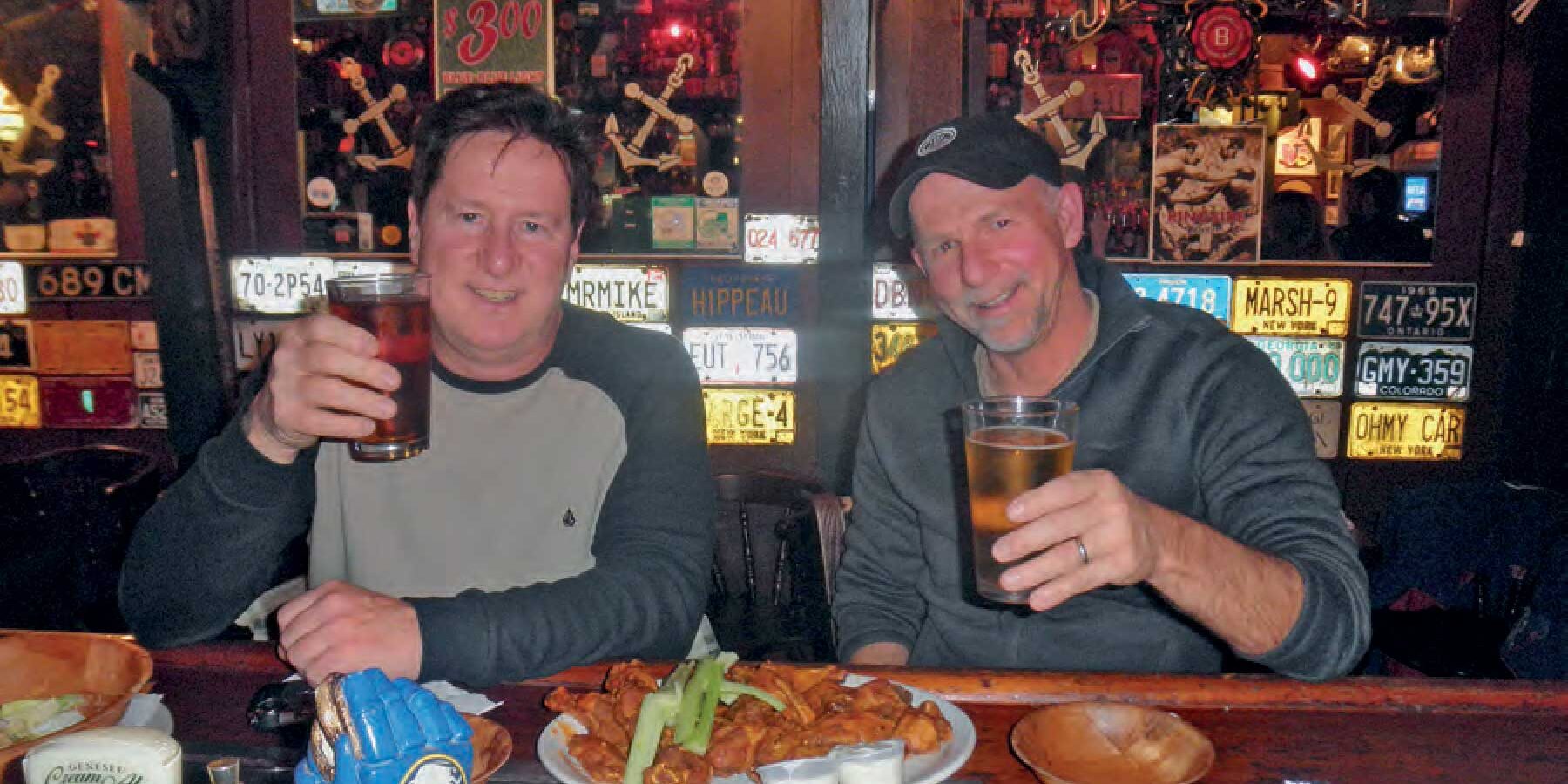EDITOR’S WORD
The SCA Goes International to get Wet ’n Wild at Niagara Falls
By Douglas Towne
All photos by the author
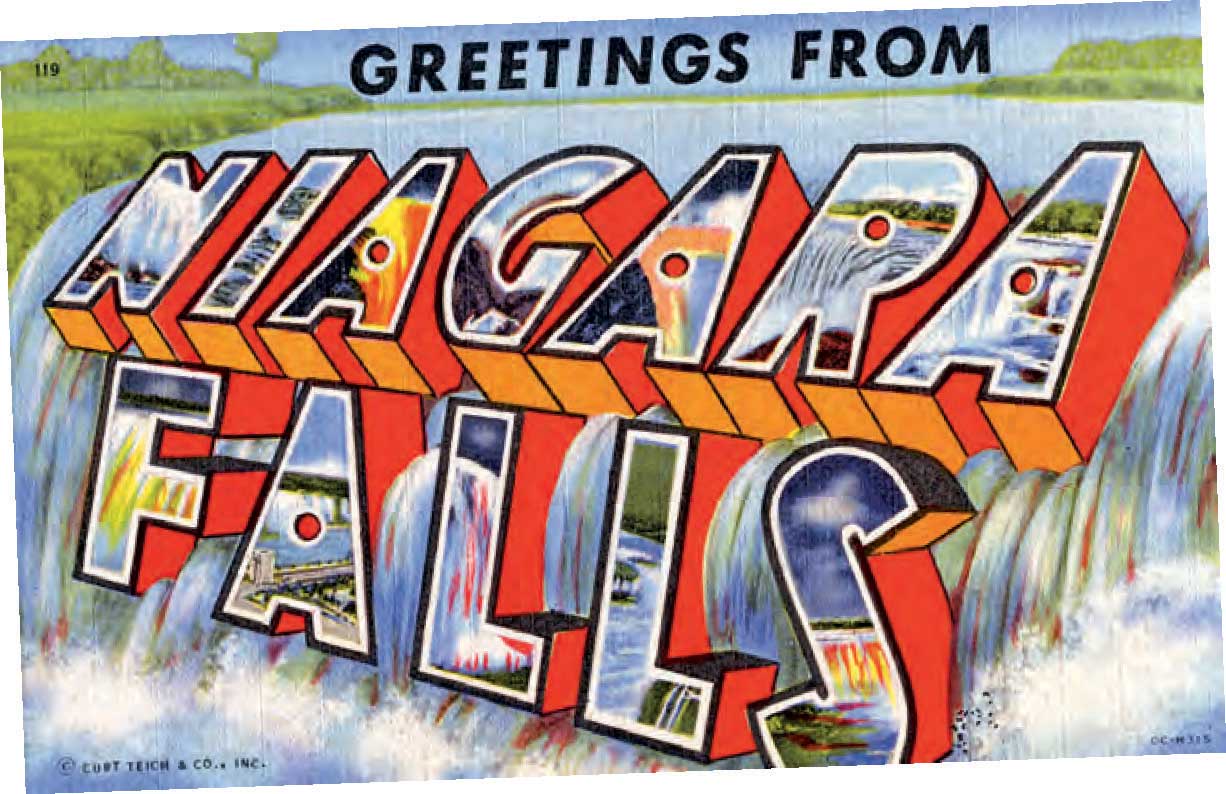 Per event co-host and Northern Roadsides columnist Peter Glaser’s suggestion, this SCA Journal issue features articles about the legendary honeymoon capital. My column touches on the American side of Niagara Falls and the charms of nearby Upstate New York.
Per event co-host and Northern Roadsides columnist Peter Glaser’s suggestion, this SCA Journal issue features articles about the legendary honeymoon capital. My column touches on the American side of Niagara Falls and the charms of nearby Upstate New York.
In the 1890s, Americans and Canadians had different development aspirations for their respective cities divided by the Niagara River. With its grander vistas of the three cascading waters, Horseshoe Falls, Bridal Veil Falls, and American Falls, Canadians viewed it as a natural wonder and created a vacation destination. In contrast, Americans considered hydropower generation the most critical asset and focused more on harnessing these water sources to fuel industry.
 Per event co-host and Northern Roadsides columnist Peter Glaser’s suggestion, this SCA Journal issue features articles about the legendary honeymoon capital. My column touches on the American side of Niagara Falls and the charms of nearby Upstate New York.
Per event co-host and Northern Roadsides columnist Peter Glaser’s suggestion, this SCA Journal issue features articles about the legendary honeymoon capital. My column touches on the American side of Niagara Falls and the charms of nearby Upstate New York.
In the 1890s, Americans and Canadians had different development aspirations for their respective cities divided by the Niagara River. With its grander vistas of the three cascading waters, Horseshoe Falls, Bridal Veil Falls, and American Falls, Canadians viewed it as a natural wonder and created a vacation destination. In contrast, Americans considered hydropower generation the most critical asset and focused more on harnessing these water sources to fuel industry.
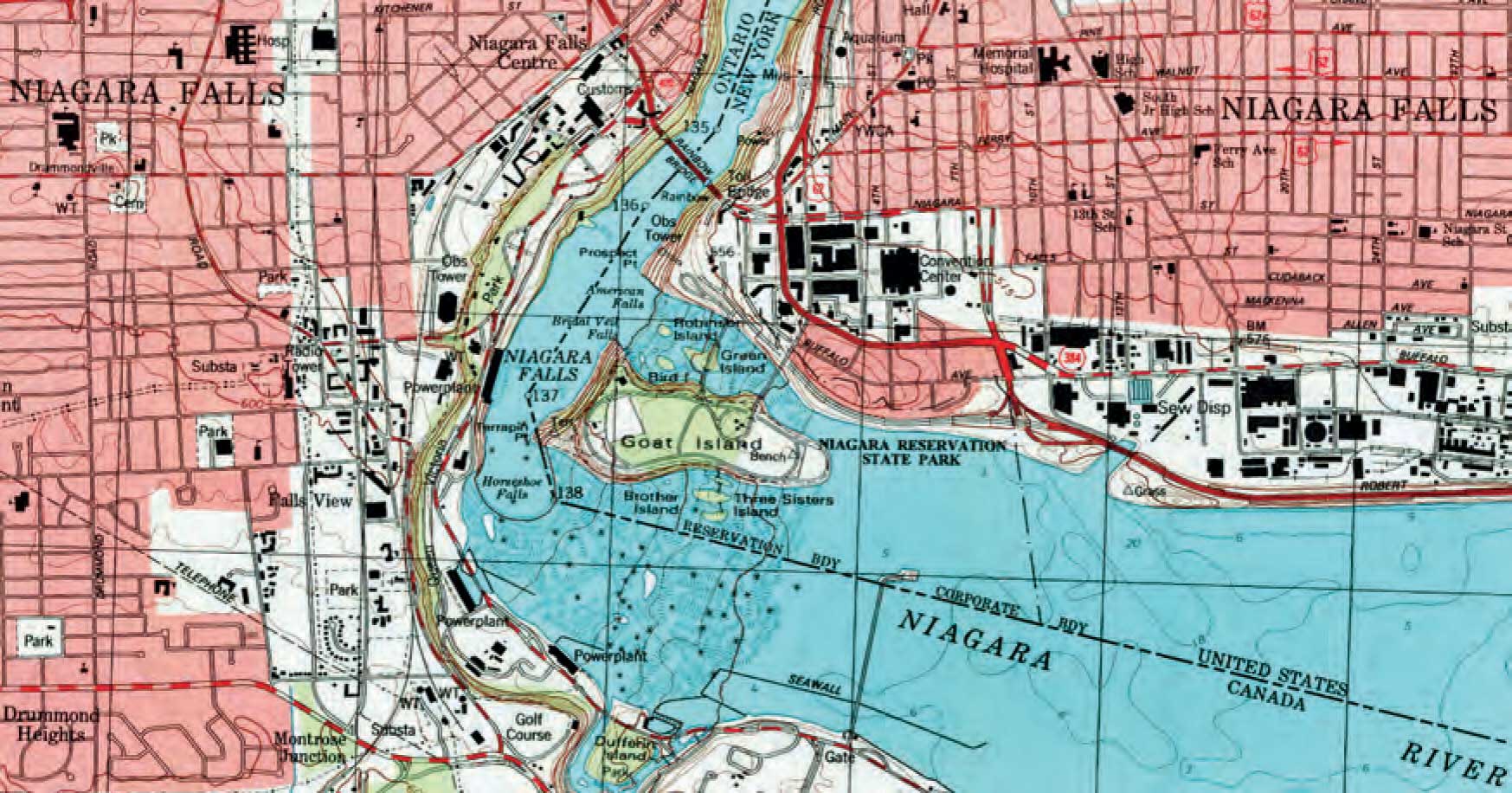
Fast-forward 130 years, and the post-industrial city of Niagara Falls appears less vital than its Canadian neighbor. But sometimes, that’s a benefit in the realm of commercial archeology. This city in western New York state peaked at 102,394 residents in 1960 and, since then, has shed more than half its population. Despite this decline, it retains vintage businesses such as mom-and-pop motels illuminated by neon pelicans and crescent moons. Old-time diners, where Yelp reviewers rave about how much tasty food they get for their dollar, are still a thing.
The city, however, is far from trendy, and ghost signs, shuttered stores, and abandoned industrial plants decay, unfettered by redevelopment pressure. As retired U.S. Supreme Court Justice Anthony Kennedy once opined, “Blight is in the eye of the beholder.”

I had the opportunity to tour the city a decade ago with now-SCA President Brian Gallaugher and discovered ample resources to photograph. After a long day of roadside adventuring, we celebrated with cold drafts and a double order of Buffalo wings with celery and bleu cheese at the Anchor Bar in nearby Buffalo. The place claims to be the originator of this famous appetizer and has served it since 1964. The ambiance, food, beverages, and company did not disappoint.
We didn’t have a chance to explore more of the Empire State, but if we had, its backroads would have wandered through a glaciated landscape, through towns once at the forefront of various industries.
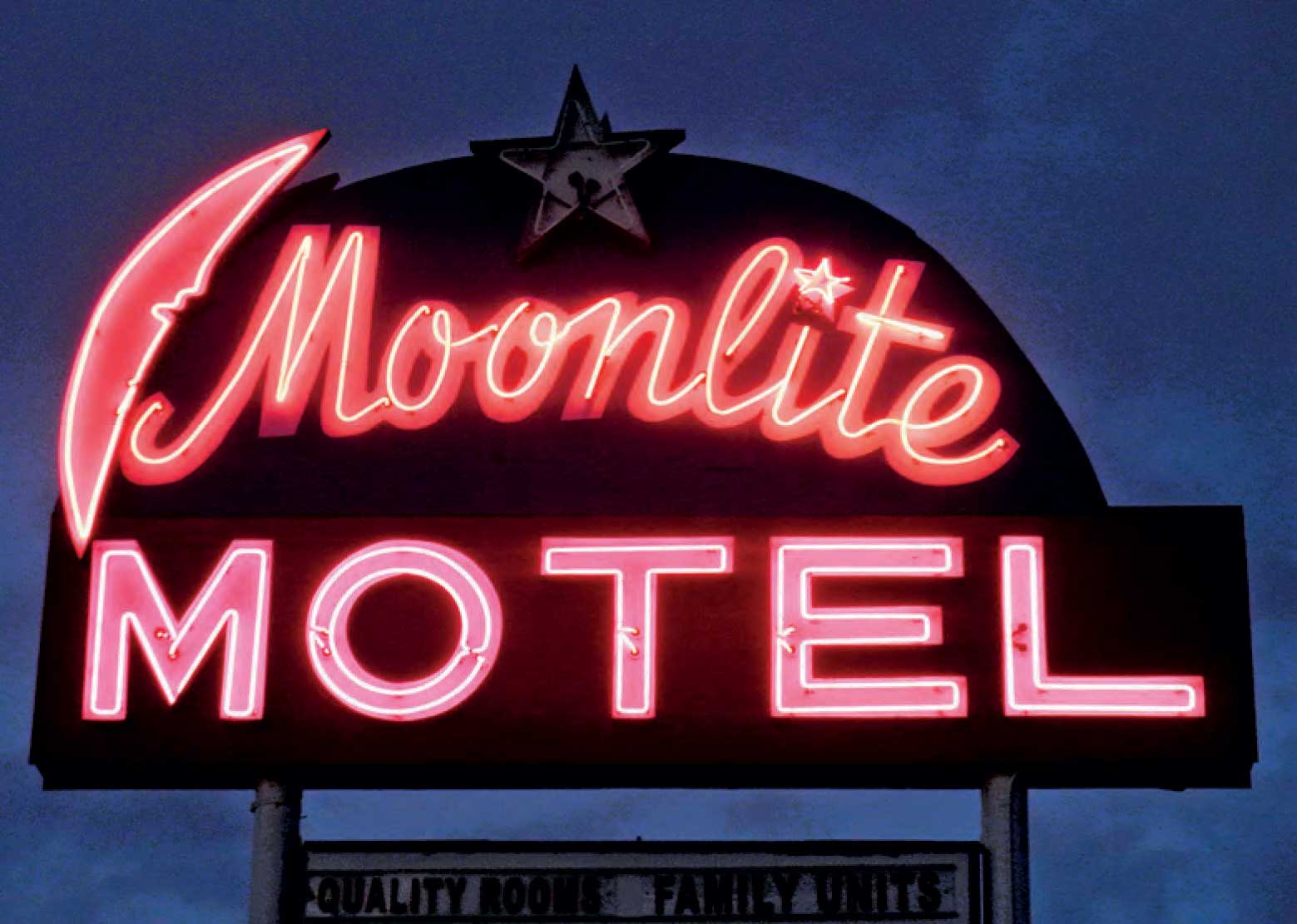
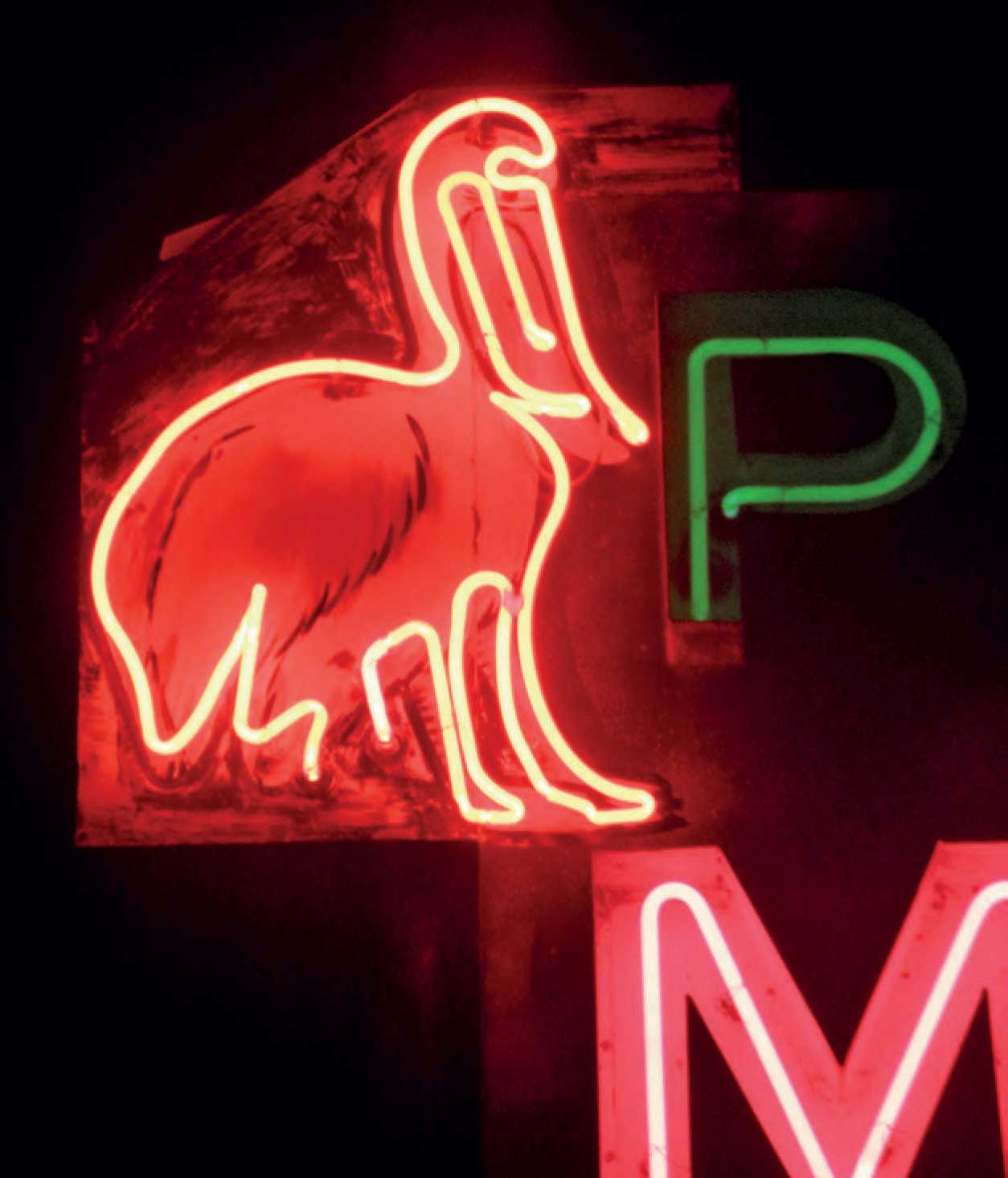
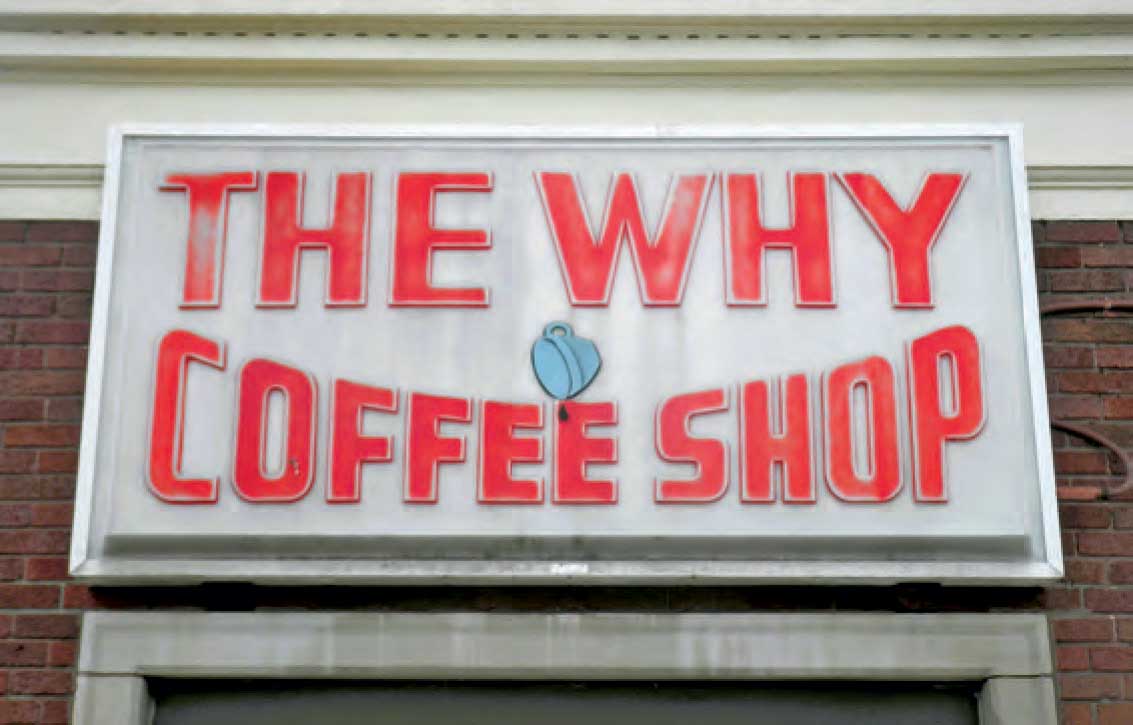
These communities retain vestiges of their commercial past such as taverns with Utica Club beer signs featuring its beer stein mascots, Schultz and Dooley, dangling out front. Motels named Faust, Lighthouse, and Redwood could have been overnight stops in Victor Nabokov’s novel Lolita. Other mom-and-pop storefronts evolved from houses on prime street locations, with some of their owners still residing in the rear of the building. These were the folks who repaired your upholstery or sold you a waffle cone topped with a triple scoop of homemade ice cream, with their names on the sign.
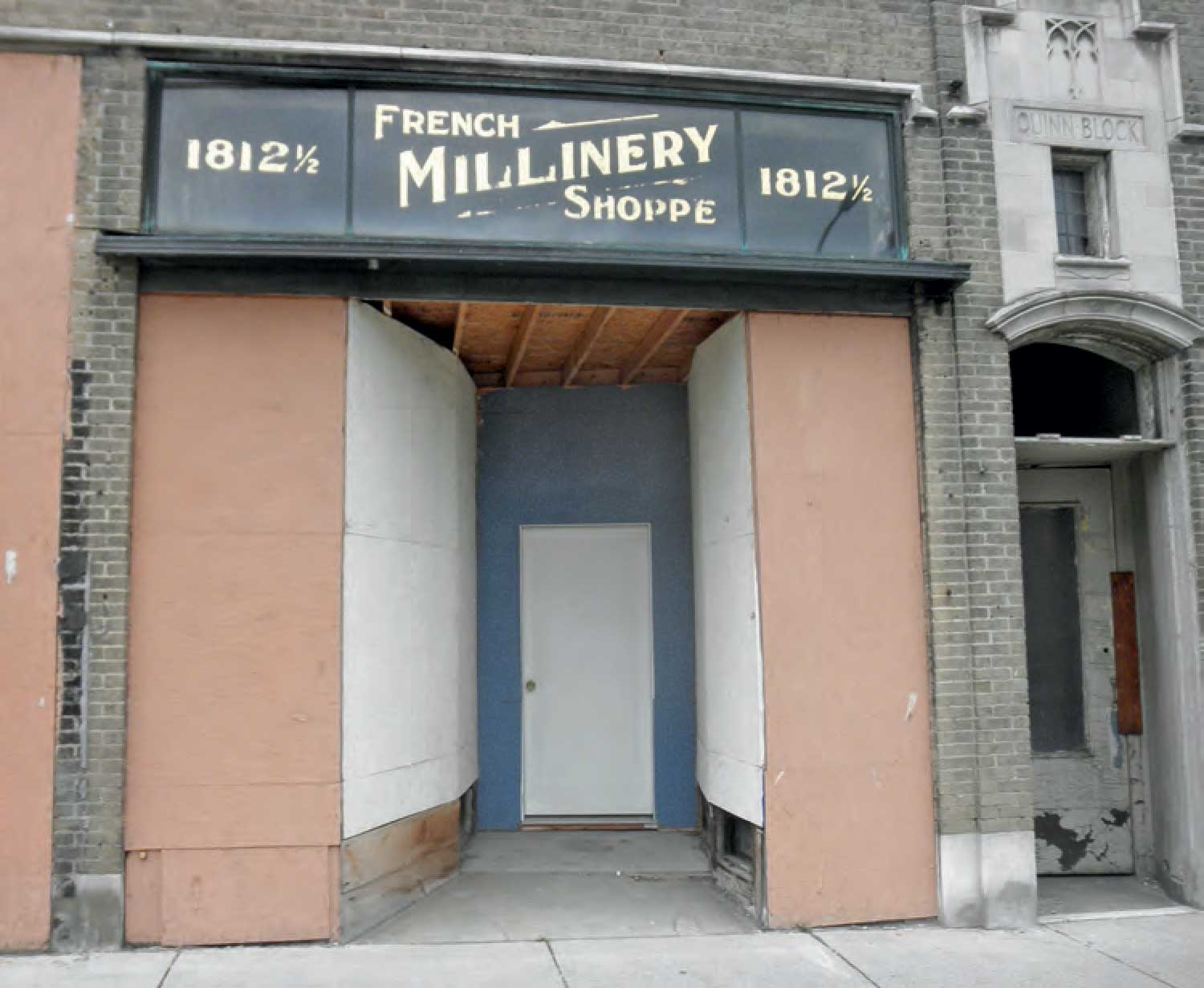

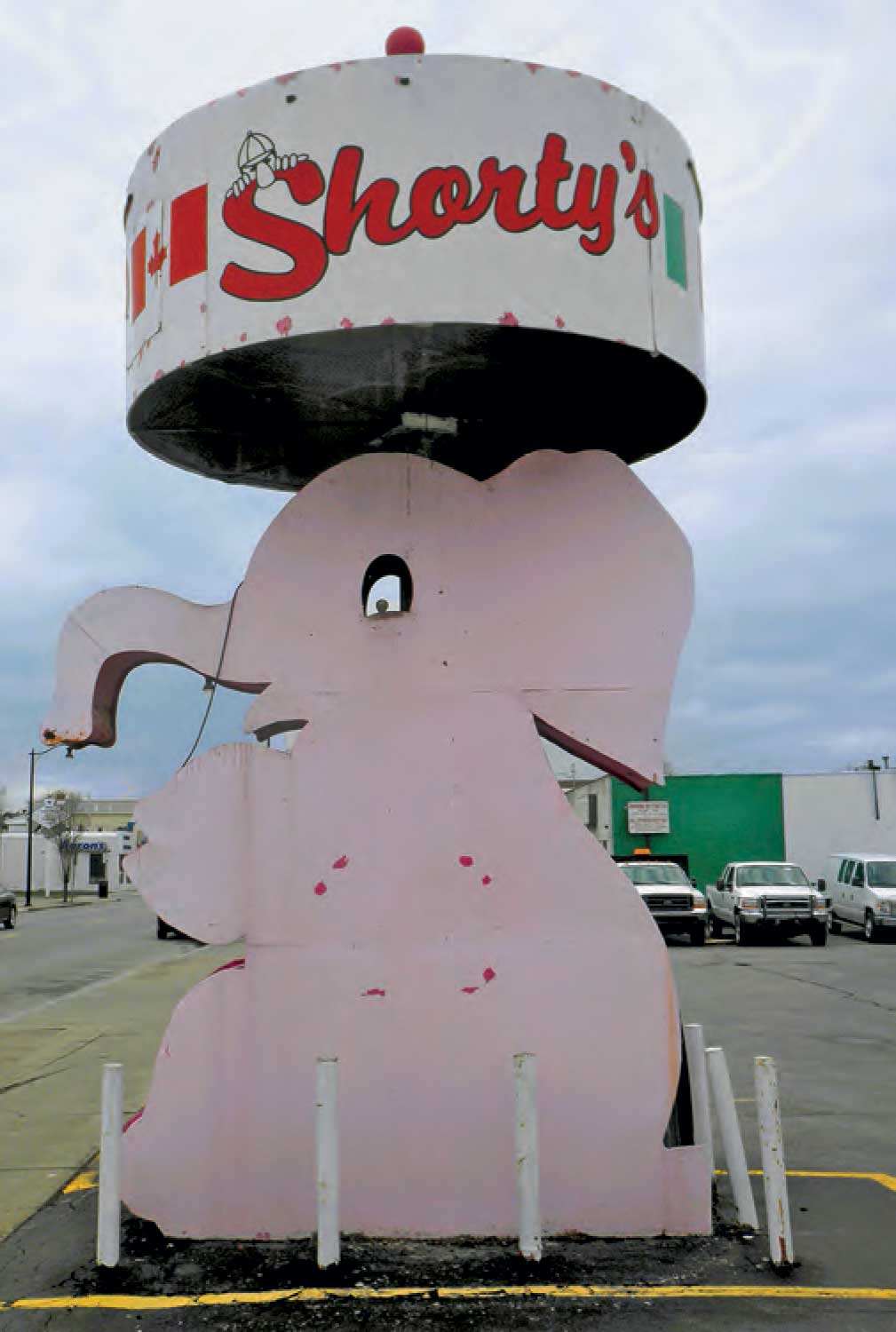
The outdoorsy are compelled further afield to Adirondack Park, a mix of private and state-owned land protected as “Forever Wild” by the New York State Constitution. Structures that appear to have been constructed by Paul Bunyan are an appropriate regional style in the largest park in the continental U.S. Dubbed Adirondack architecture, the rustic design echoes natural forms and is often reflected in the interior furnishings, such as at the Northwoods Cabins in Tupper Lake.
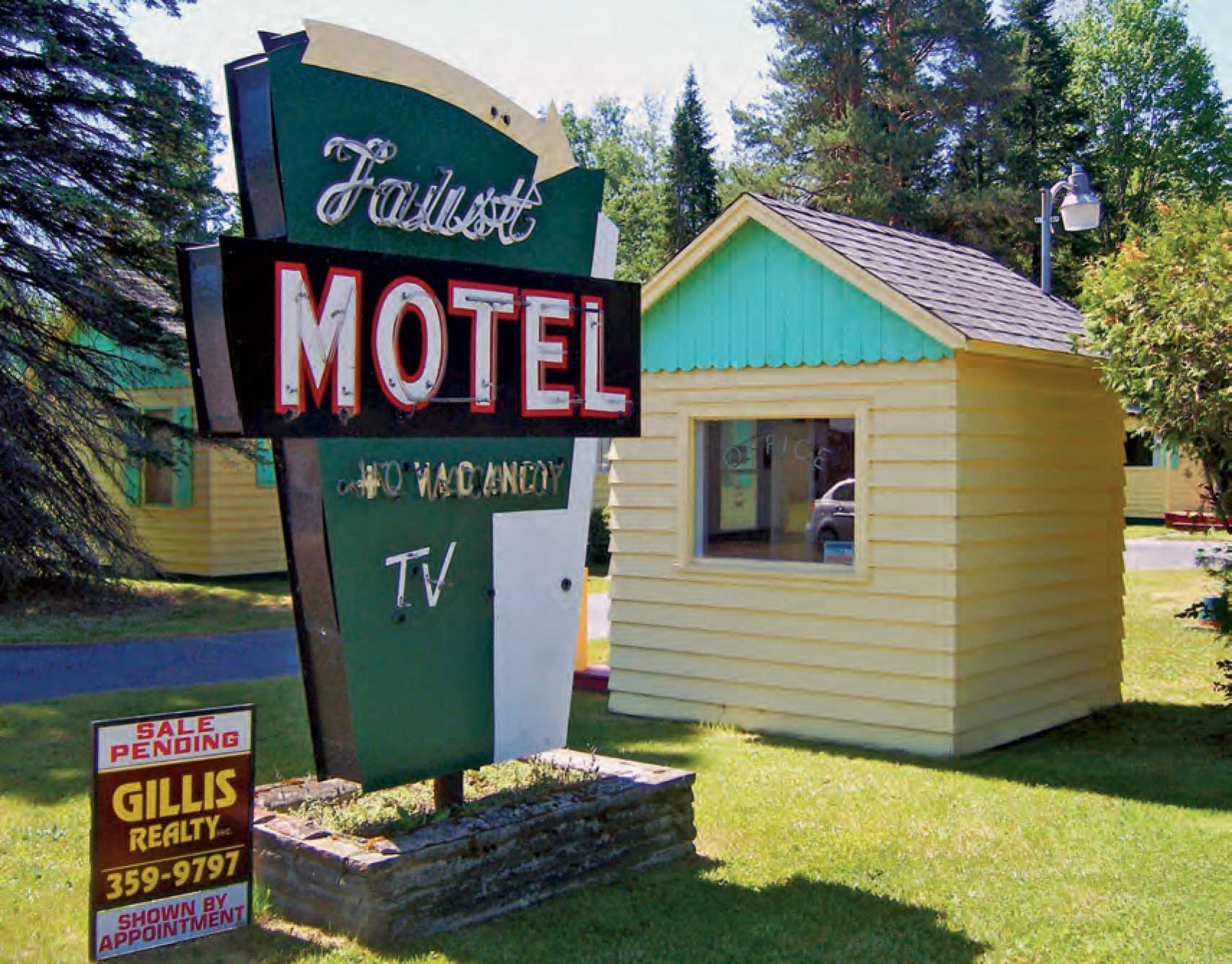
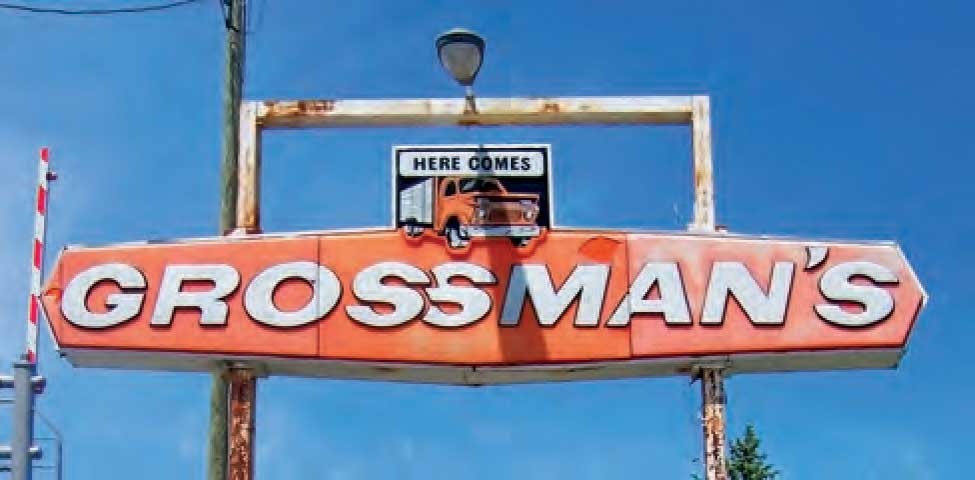
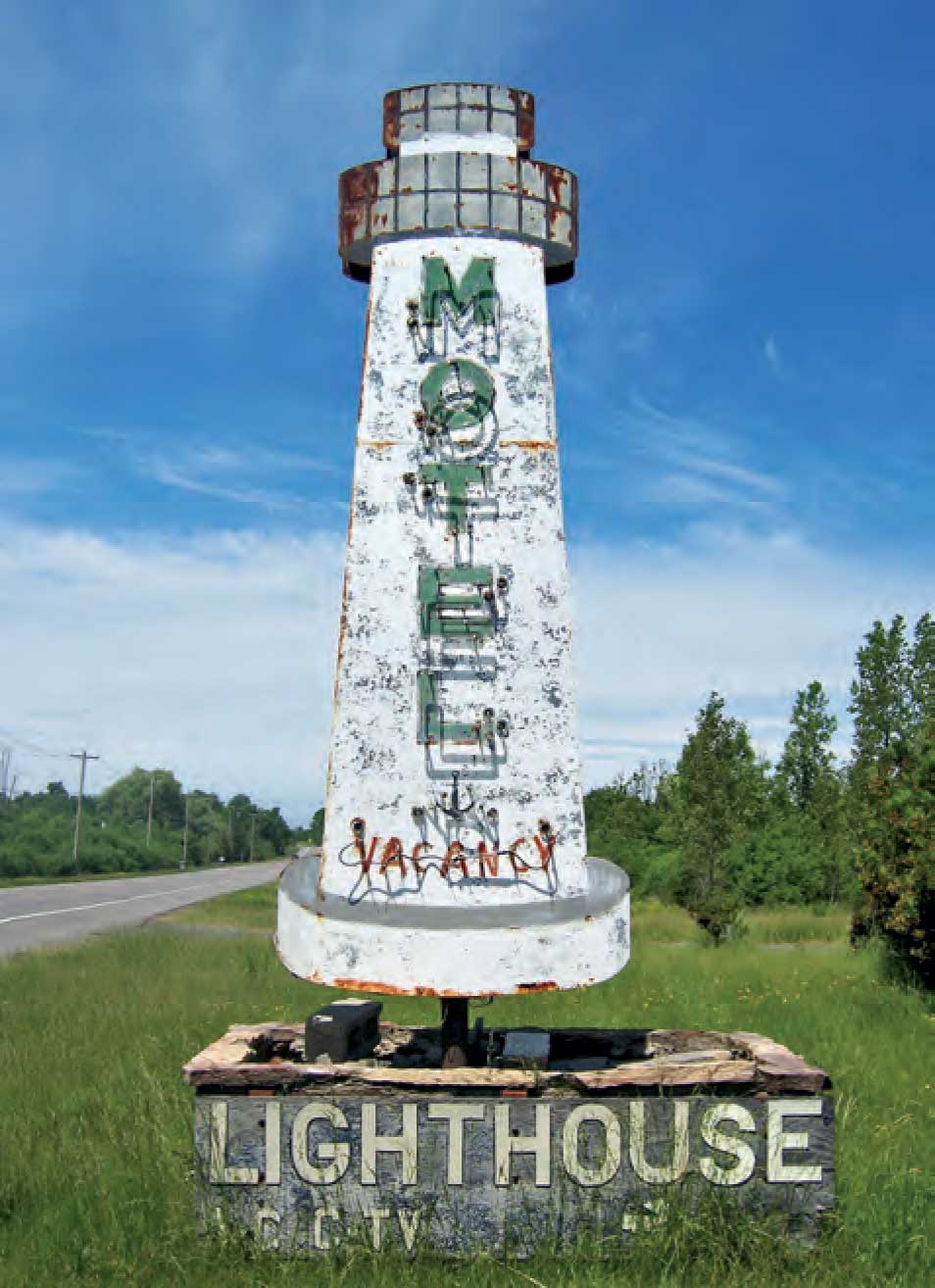
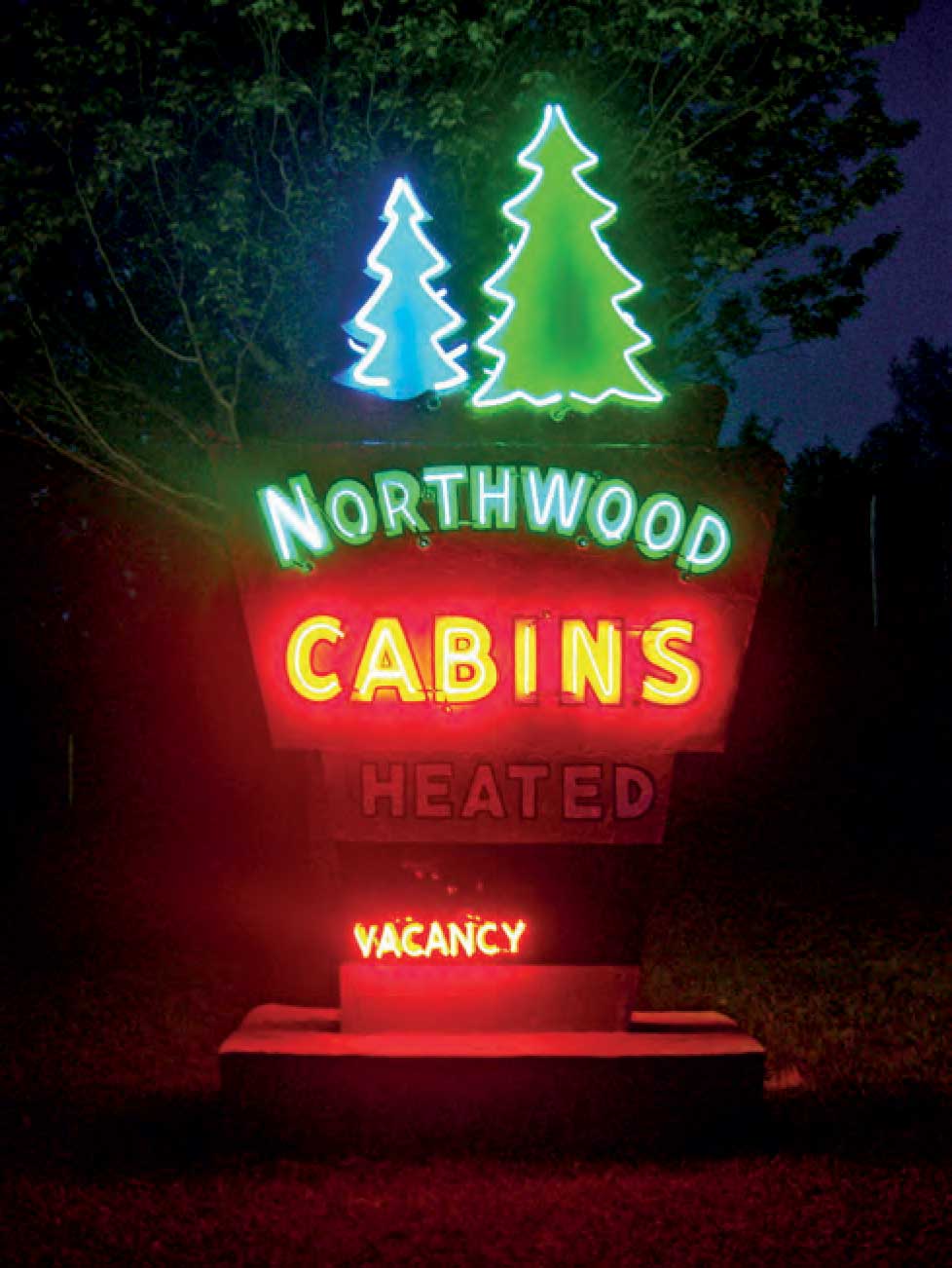
For many dedicated roadside enthusiasts searching for vanishing Americana, this also includes sniffing out regional cuisine, and upstate New York features some unique treats. Drivetime snacks include squeaky cheese curds and sponge candy, described as a marriage of a fluffy meringue cookie and a malted milk ball.
Meal stops might include entrées like “Beef on Weck,” a Kaiser roll loaded with thinly sliced roast beef topped with horseradish and served au jus. The unappetizingly termed “Garbage Plate” mixes hash brown potatoes, macaroni salad, meat, eggs, or grilled cheese topped with onions, mustard, and ground beef chili. More erudite diners might prefer marinated and grilled Cornell chicken, developed at the Ivy League school in the 1950s by Dr. Robert C. Baker, a food and poultry science professor. Of course, salads come with
Thousand Island dressing, named after the archipelago in the St. Lawrence River.
There’s no paucity of local beverages to pair with these regional treats. Favorites include Saranac black cherry soda made in Utica by the F.X. Matt Brewing Co. and Genny Cream Ale, carbonated using wort instead of sugar at Genesse’s Rochester brewery. Other palates prefer Finger Lakes wineries. Plane’s Cayuga Vineyards (now Cayuga Ridge Estate Winery), established by a retired Cornell chemistry professor and his wife, was a trendsetter in creating the Cayuga Wine Trail in the early 1980s.
While the Niagara Falls SCA conference should be memorable for all attendees, I hope my column has inspired some adventurous souls to drive rather than fly to the event, as the journey might be as rewarding as the destination. Road trips are filled with exciting personal decisions such as where to eat, sleep, stop, and what the stereo plays — at least if it’s a solo trip. Otherwise, it’s best to confer with your fellow passengers (hopefully like-minded SCA members) to keep a good vibe in the vehicle. Either way, we’ll expect to hear about memorable roadside moments at the conference. While en route, remember this pro tip when stopping for snacks: picking up an extra box of sponge candy to offer samples on the SCAbus is a great way to make new friends. Just saying….


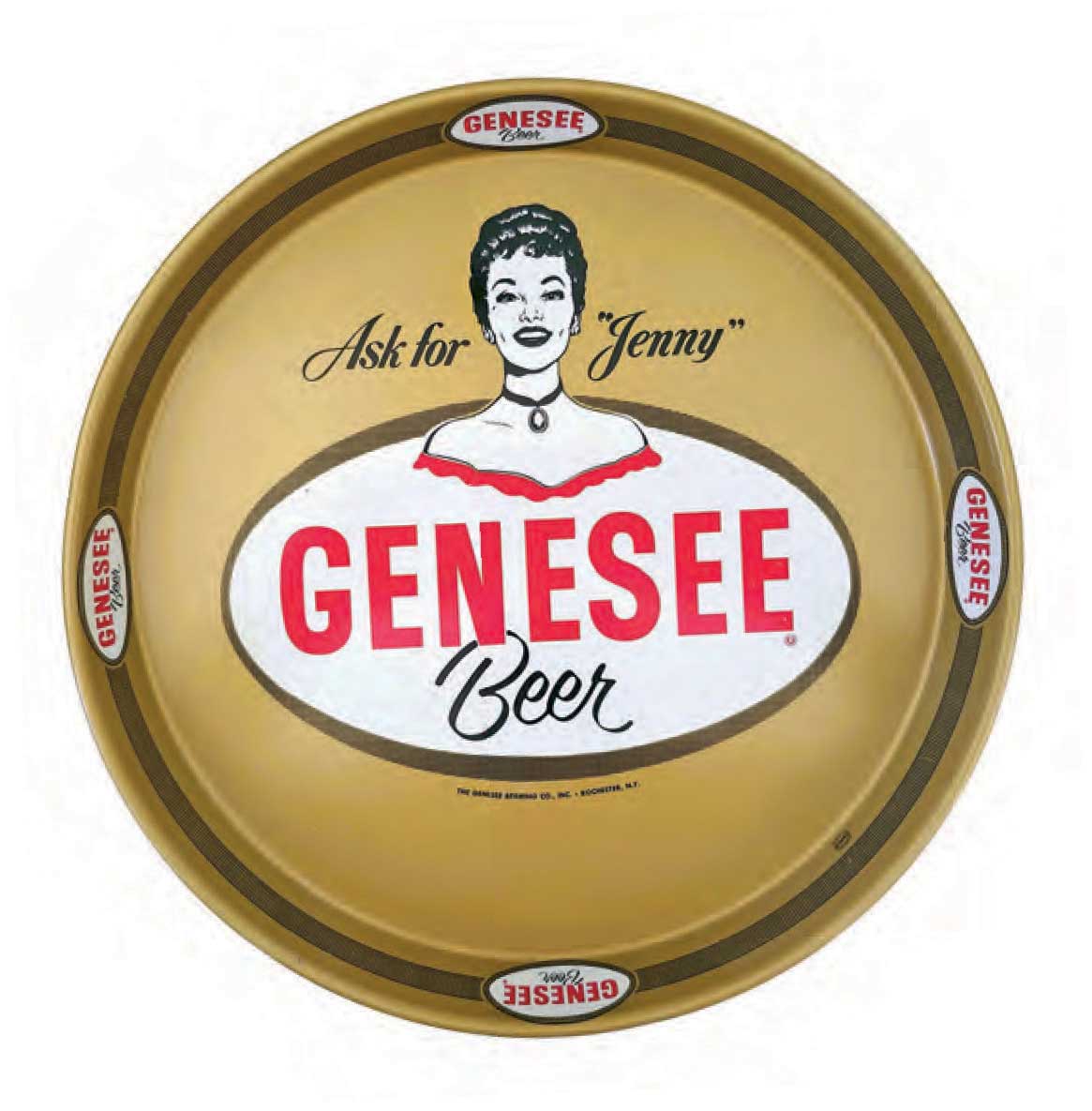

Did you enjoy this article? Join the SCA and get full access to all the content on this site. This article originally appeared in the SCA Journal, Spring 2025, Vol. 43, No. 1. The SCA Journal is a semi-annual publication and a member benefit of the Society for Commercial Archeology.
More Articles Join the SCA


